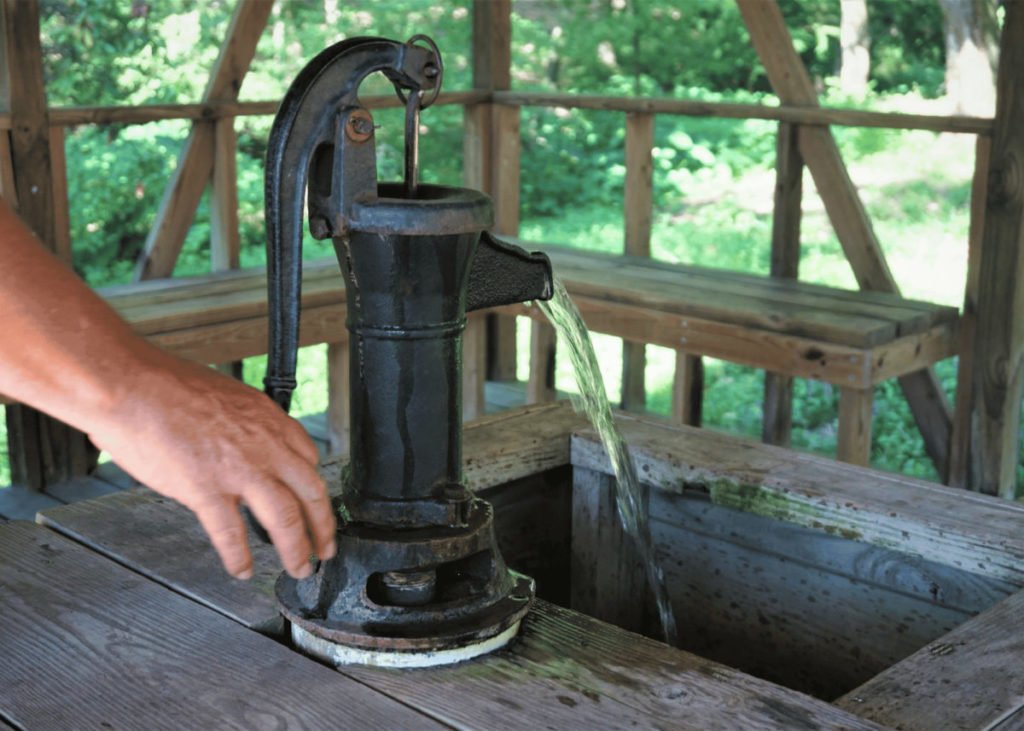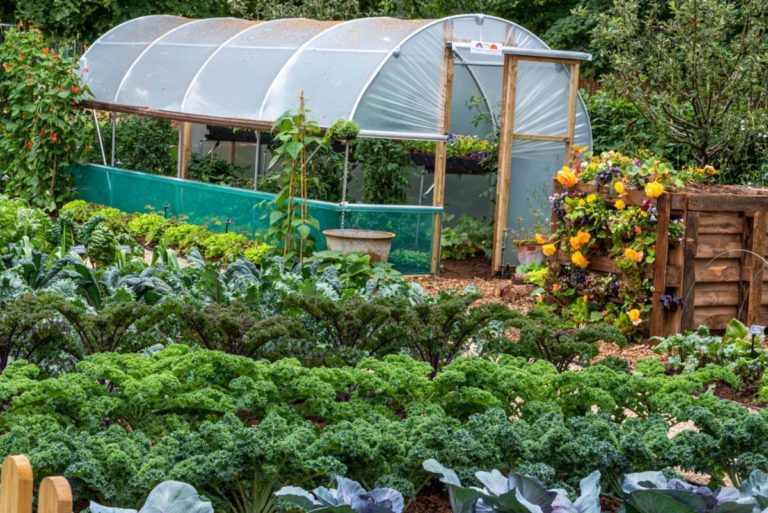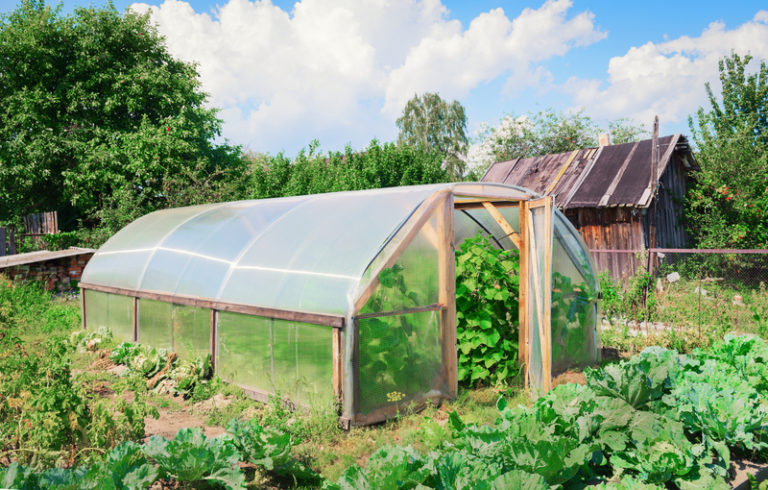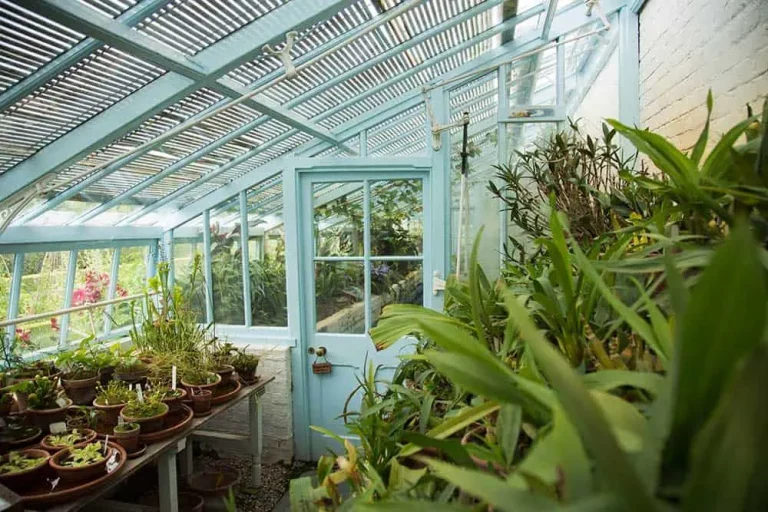Designing an off-grid water system can be a challenging but rewarding endeavor.
By carefully considering the components of your system and incorporating sustainable practices, you can create a reliable and efficient water supply for your home or business.
We’ll provide actionable tips for designing an off-grid water system that meets your needs while minimizing your impact on the environment.
From selecting the right pump and storage tank to integrating rainwater harvesting and greywater reuse, we’ll cover it all.
Whether you’re a DIY enthusiast or working with a professional installer, these tips will help you create an off-grid water system that is both functional and sustainable.
So let’s get started!
Assess your water needs
Determine how much water you need for your household or business, based on the number of people using the water and the types of appliances and fixtures you have. This will help you determine the size and capacity of your water system.
For example, if you have a family of four, you’ll need to account for the water usage of each individual, taking into consideration their daily habits such as showering, bathing, doing laundry, and washing dishes.
You’ll need to consider the types of appliances and fixtures you have, such as toilets, sinks, washing machines, and dishwashers, as these all use water.
By taking these factors into account, you can determine the size and capacity of your water system, ensuring that it can meet your needs without waste or overuse.
It’s important to be mindful of your water usage and make adjustments as needed to conserve this valuable resource.
Choose the right storage tank
Select a storage tank that is appropriate for your water needs and the elevation of your property. Make sure the tank is durable and resistant to corrosion.
When it comes to selecting the right storage tank for your water needs, it’s essential to choose a tank that is appropriate for your specific situation.
Consider the elevation of your property and the amount of water you need to store.
For example, if your property is located in a high-elevation area, you may need a larger tank to accommodate the increased water pressure.
Make sure the tank is made of durable materials that are resistant to corrosion, such as steel or fiberglass.
A well-constructed storage tank will provide years of reliable service, ensuring that you have access to a consistent supply of water for your home or business.
Take the time to research and compare different tank options to find the one that best fits your needs.
Consider a pressure pump
If you have a high elevation or long distance between your water source and your home, a pressure pump may be necessary to deliver water to your faucets and appliances.
If you live at a high elevation or have a long distance between your water source and your home, a pressure pump is a important component to deliver water to your faucets and appliances.
Without a pressure pump, the water pressure can be too low to effectively supply water to your home, resulting in poor performance from your faucets and appliances.
A pressure pump can help to increase the water pressure, ensuring that water flows freely and reliably to all areas of your home.
A pressure pump can help to protect your home from damage caused by low water pressure, such as corrosion and mineral buildup in your plumbing system.
By investing in a high-quality pressure pump, you can ensure that your home remains well-supplied with water, regardless of the elevation or distance between your water source and your home.
Plan for filtration and treatment
Depending on your water source, you may need to install a filtration and treatment system to remove impurities and contaminants. This can include sediment filters, UV sterilizers, and reverse osmosis systems.
If you’re sourcing your water from a municipal supply, a well, or a lake or river, it’s essential to have a comprehensive filtration and treatment plan in place to ensure the water is safe for consumption.
This may involve installing sediment filters to remove particles and debris, UV sterilizers to eliminate bacteria and viruses, and reverse osmosis systems to remove dissolved solids and other impurities.
Depending on the specific contaminants present in your water source, you may need to tailor your filtration and treatment plan to address specific concerns.
For example, if your water source is contaminated with lead, you may need to install a specialized lead-removal filter.
By investing in a robust filtration and treatment system, you can ensure that your water is safe and healthy for consumption, and avoid the health risks associated with impure water.
Incorporate rainwater harvesting
Collecting and storing rainwater can be a valuable component of an off-grid water system. This can help reduce your reliance on other water sources and supplement your overall water needs.
Incorporating rainwater harvesting into your off-grid water system can be a valuable strategy for reducing your reliance on other water sources and supplementing your overall water needs.
By collecting and storing rainwater, you can effectively capture and conserve this free resource, which would otherwise be lost to runoff or absorption into the ground.
The benefits of rainwater harvesting include decreased reliance on public water systems, reduced water bills, and increased water security for your household or business.
By using rainwater for irrigation, toilet flushing, and other non-potable purposes, you can conserve potable water for drinking, cooking, and hygiene.
To set up an effective rainwater harvesting system, you can install rain barrels or cisterns to collect and store rainwater, and then use a pump or gravity-fed system to distribute the water throughout your property.
Overall, incorporating rainwater harvesting into your off-grid water system can be a smart, sustainable, and cost-effective solution for meeting your water needs.
Use drip irrigation
Drip irrigation is an efficient method of watering plants and gardens, especially in areas with limited water availability. This system delivers water directly to the roots of the plants, reducing evaporation and runoff.
Drip irrigation is an incredibly efficient method of watering your plants and gardens, especially in areas with limited water availability.
Unlike traditional sprinkler systems that waste a significant amount of water through evaporation and runoff, drip irrigation delivers water directly to the roots of the plants.
This targeted approach ensures that the water is used only by the plants, and none is wasted.
Drip irrigation can be customized to meet the specific needs of each plant, ensuring that each one receives the exact amount of water it needs.
This results in healthier plants, reduced water bills, and a lower risk of waterborne diseases.
With its numerous benefits and cost-effectiveness, it’s no wonder why drip irrigation has become a popular choice for gardeners and farmers alike.
Implement water-saving fixtures
Install low-flow showerheads, faucets, and toilets to reduce your water usage. These fixtures can help you conserve water and reduce your overall water needs.
One of the most effective ways to conserve water and reduce your overall water needs is to install water-saving fixtures throughout your home.
Low-flow showerheads, faucets, and toilets are all great options that can help you save water without sacrificing comfort or functionality.
For example, low-flow showerheads use significantly less water than traditional showerheads, but still provide the same invigorating shower experience.
Similarly, low-flow faucets and toilets use less water per flush, but still maintain the same level of performance.
By installing these water-saving fixtures, you can easily reduce your water usage by 20-30% or more, depending on your current water consumption.
Many of these fixtures are eligible for rebates and incentives from your local water utility, making the upgrade even more affordable.
So, consider implementing water-saving fixtures in your home today to start conserving water and reducing your overall water needs.
Monitor and maintain your system
Regularly check and maintain your off-grid water system to ensure it is functioning properly. This can include monitoring the water level in your storage tank, cleaning sediment filters, and testing your water quality. By taking good care of your system, you can ensure a reliable and consistent water supply.
To ensure a reliable and consistent water supply, it is essential to monitor and maintain your off-grid water system regularly.
This involves checking and maintaining various components of the system, including the water level in your storage tank, cleaning sediment filters, and testing your water quality.
By doing so, you can identify and address any issues before they become major problems, ensuring the system operates at its full potential.
To start, you should check the water level in your storage tank daily to ensure it remains at a safe level.
If the level drops too low, it can cause the pump to run dry, which can lead to costly repairs or even damage to the system.
In addition to checking the water level, you should also clean your sediment filters regularly.
These filters help remove impurities from your water, but they can become clogged with debris over time.
Cleaning them regularly can improve the quality of your water and extend the life of the filters.
Another important aspect of maintaining your off-grid water system is testing your water quality.
This involves checking for parameters such as pH, turbidity, and bacteria counts to ensure your water is safe to drink.
By regularly testing your water, you can identify any issues and address them promptly, ensuring the health and safety of your family and pets.
Monitoring and maintaining your off-grid water system is important to ensure a reliable and consistent water supply.
Regularly checking and maintaining your storage tank, sediment filters, and water quality can help identify and address any issues before they become major problems.
By taking good care of your system, you can ensure a safe and healthy water supply for your family and pets.
Want More? Dive Deeper Here!
Hey there! If you’re the type who loves going down the rabbit hole of information (like we do), you’re in the right spot. We’ve pulled together some cool reads and resources that dive a bit deeper into the stuff we chat about on our site. Whether you’re just killing time or super into the topic, these picks might just be what you’re looking for. Happy reading!






